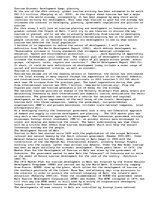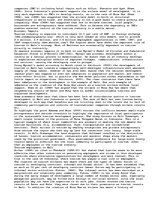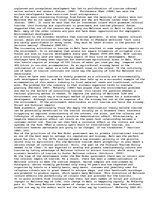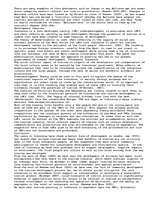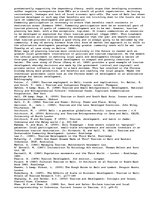Community participation is necessary to ensure that benefits reach residents in destination areas (Simmons 1994). Community participation must be an essential part of tourism planning if goals of community development are to be met. However, tourism planning has been, with a few exceptions, top-down. It treats communities as resources to be developed or exploited for their tourism potential (Joppe 1996). This treatment of communities as a resources makes the assumption that the job- and wealth-creation that tourism provides is always a good thing and is always going to be welcomed by the community. A way of moving forward from this form of market led approach is to shift to the alternative development paradigm whereby greater community needs will be met (see Timothy et al case study on Belize, 1999).
Other ways of planning tourism more constructively in the future is needed such as greater local government intervention in policies and tourism regulation. At the moment the central government is defining local goals and developments through a series of five-year plans (Repelita) hence development is unequal and poverty reduction is harder. The case study of China (Zhang et al, 1998) provides a good example of tourism development whereby decisions are made by the government (central and regional) and private sector influence is kept to a bare minimum. This has resulted in the Chinese economy being more productive, and benefits are reaching the local people. Maybe the Indonesian government could look at the Chinese model of development or an alternative paradigm for better development.
…

